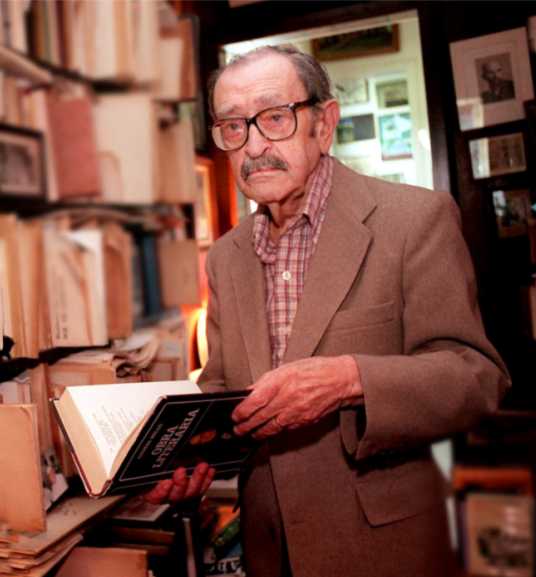4.1.1.15 The confluence of aesthetic currents in the work of Eugenio Florit (1903 – 1999)

Eugenio Florit was born in Madrid and died in Miami, United States. He lived in Cuba from 1918 to 1940, and his poetry is largely identified with eminently Cuban motifs, within the framework of the aesthetic and intellectual currents that manifested on the island. Although he never returned to Cuba after the triumph of the Revolution, his lyre never lost its connection, and the bard influenced the literary creation of several generations of our republic of letters.
Eugenio Florit’s poetic production includes the following works: “32 Short Poems”, 1927; “Tropic”, 1930; “Double Accent”, 1937; “Kingdom”, 1938; “Final Assonance and Other Poems”, “My Poem”, 1947, which is a compilation of all his works up to this date; “Habit of Hope”, 1964; and “Penultimate Anthology”, 1970, in addition to other works of the aforementioned compilation nature.
Eugenio Florit’s work has traversed various aesthetic movements without losing his creative identity. His early pieces display a baroque style with a certain neo-romantic tone, inherited from Hispanic lyric poetry and forged simultaneously in contact with American culture and island traditions.
However, he would gradually free his poetry from rhetoric to immerse himself in the purist movement, a poetic oasis removed from the passage of time and the contingencies of reality. His purism, however, becomes intimacy to the extent that it is incorporated into his idealization of reality, participating in it from a transcendent sense, linked to divine ubiquity.
His aesthetic shifts, however, do not imply a relinquishment of his previous achievements, but rather the incorporation of something new into a poetic system always tending to broaden his horizons; although he never ceased to exercise a certain intellectual vigilance over his own expression, and the social dimension would rarely break into his aseptic universe.
Although communicative desires had not been paramount in Florit’s poetics, perhaps due to his own literary evolution or the life circumstances he suffered with the death of his father, he leaned towards conversationalism; many times the interlocutor was his own father or the transcendent god, although this was included in his daily life, just like the idea of death that is iterative throughout most of his texts.
According to Raimundo Lazo, “Eugenio Florit (…) is one of the authors to whom Cuban poetry owes most the process of detachment from rhetoric and false artifices, in the search for essential poetry that began with determination towards the third decade of the 20th century (…) The author becomes part of the privileged selection of great Hispanic American poets of the 20th century, of lasting and wide resonance despite their specific asocial, timeless character.”








